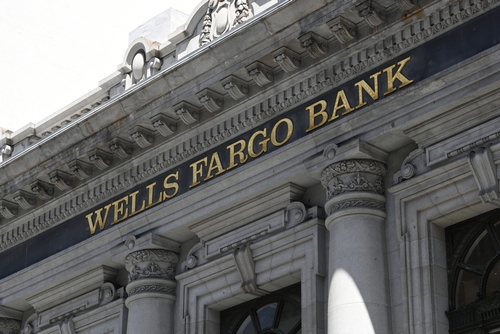Gallagher Re: $75 billion industry loss event needed to shift property reinsurance behaviour

By Scott Vincent
July 16 - (The Insurer) - A single event in the $75 billion to $100 billion loss range may be needed to alter market perception and property reinsurance purchasing behaviour at annual renewal cycles, Gallagher Re said on Wednesday.
The reinsurance broker's latest Natural Catastrophe and Climate Report estimated global public and private market insured losses at $84 billion for the first half of the year. This was largely driven by $40 billion of U.S. wildfire losses and $33 billion of losses related to the U.S. severe convective storm peril.
Gallagher Re said the rest of the world had notably below-average insured loss activity during the half-year, with less than $10 billion of losses outside the U.S.
Despite this, the high tally of U.S. losses meant the first half of 2025 represented the costliest opening six-month period for insurers since 2011.
Gallagher Re estimated that the first half of that year, which included the Tohoku earthquake and subsequent tsunami in Japan, saw insurers pay out around $136 billion in losses.
With 2025 on a “clear path” to becoming another year with more than $100 billion of insured natural catastrophe losses, Gallagher Re said the “psychological threshold” for the industry is when will it face its first $200 billion annual loss year.
“Given the current reinsurance market capacity available, the industry remains healthy and in a good position to handle this level of annual loss,” the report said.
US DOMINATES H1 LOSSES
Nine of the 10 costliest events of the first half of the year took place in the U.S., Gallagher Re said, highlighting the extent to which it dominated first-half losses.
Aside from January’s wildfire losses, comprising $23 billion for the Palisades Fire and $17 billion for the Eaton Fire, most of the industry’s first-half natural catastrophe losses were driven by U.S. severe convective storms.
The only non-U.S. event in Gallagher Re’s top 10 listing was the March 28 Myanmar earthquake, which the broker said would likely cause an insured loss of around $1.3 billion. Most of this damage was in neighbouring Thailand, where local insurers have received more than 150,000 claims.
With global economic losses from first-half natural catastrophe activity estimated at $151 billion, Gallagher Re said the portion covered by insurance was around 55% higher than the decadal average.
COMPARISON WITH AON ESTIMATES
Gallagher Re’s estimate of $84 billion of first-half insured natural catastrophe losses is below the $100 billion figure published by rival Aon on Tuesday afternoon.
While both brokers estimated losses from January’s U.S. wildfires at around $40 billion, Gallagher Re’s $33 billion estimate for U.S. severe convective storm losses was significantly below the $44 billion estimate by Aon.
As a result of Aon’s higher estimate of insured losses related to economic impacts, it expects a smaller protection gap of around 38%, which it said was the lowest on record for the first half of the year.
Based on a similar calculation of uninsured losses as a percentage of the total economic bill, Gallagher Re’s data points to a protection gap of 44% for the first half of the year.



.jpg)

